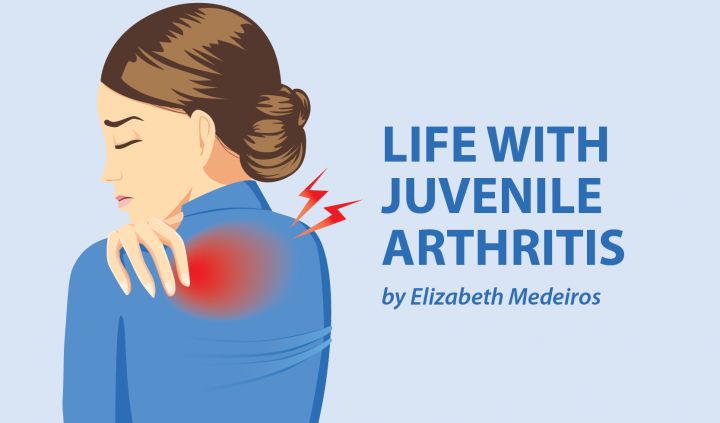Fad diets for arthritis have recently become popular. People have praised the benefits of cherries and turmeric. Some people insist I needed to cut out processed food completely. One person even reassured me I’d be cured by eating only white vegetables. Over the years, I’ve begun to realize everyone was on the right track but missed the big picture. Diets for people with juvenile arthritis don’t need to consist of only one or two healthy options, they need a variety of nutritious food!
Beware of fad diets
Many websites advertise so-called “arthritis diets” that are free of nightshade vegetables, gluten, dairy, and so many other foods. And while it’s true that some people have found these foods to trigger flares, it’s not the case for everyone. In fact, entirely cutting out these foods may mean your child misses out on important nutrients.
If you’re truly concerned that a certain food group is causing your child’s pain, talk with their rheumatologist about it. Together, you and their doctor can come up with a plan to try an elimination diet safely. This often means either taking supplements or making sure your child eats a lot of new foods to replace nutrients they may be missing. For example, when I tried cutting out milk to see if it helped, my doctor made sure I was taking sufficient vitamin D and calcium.
Supplements
While cutting out some foods might be helpful for some, it’s important that all children and teenagers with JA get enough vitamins and minerals. Many children with JA struggle with bone loss caused by the disease and certain medicines. Among other things, vitamin D and calcium are critical in helping kids protect their bones!
Care teams commonly prescribe supplements for kids with juvenile arthritis. While parents might not be too keen on them, they can be extremely helpful. In this day and age, it can be hard to maintain a proper diet, especially for a picky eater. Supplements can really fill in the gaps. It’s also a lifesaver for when your child doesn’t have an appetite because of a flare.
Healthy variety
Regardless of whether or not your child is using supplements or elimination diets, it’s good to offer them a healthy variety. Many kids with JA struggle with their weight due to steroid use and lack of exercise. Eating nutritious foods low in calories can help keep off the weight that might bother their joints. Of course, this is easier said than done. But try to work with your child to find healthy and enjoyable snacks: apples and cheese, celery and peanut butter, sweet potatoes, and blueberries were some of my favorites!
Family effort
In my opinion, the best way to help children with arthritis eat better is to get the whole family in on it. When it’s a family effort to get healthy, things are a lot better. Make sure the focus is for everyone to “get healthy” and not “lose weight,” which can be an unhealthy message.
Over the years, I’ve heard every dietary suggestion under the moon. And while I have tried a few in vain, the best thing I ever did for my condition was eating clean. While I do treat myself here and there, I do my best to pick foods that are great for bone health and energy. By focusing on enjoying the healthy foods I enjoy rather than cutting out major food groups, I’ve been able to enjoy what I eat and feel good knowing I’m doing what’s best for my body.
***
Note: Juvenile Arthritis News is strictly a news and information website about the disease. It does not provide medical advice, diagnosis, or treatment. This content is not intended to be a substitute for professional medical advice, diagnosis, or treatment. Always seek the advice of your physician or other qualified health provider with any questions you may have regarding a medical condition. Never disregard professional medical advice or delay in seeking it because of something you have read on this website. The opinions expressed in this column are not those of Juvenile Arthritis News, or its parent company, BioNews Services, and are intended to spark discussion about issues pertaining to juvenile arthritis.


